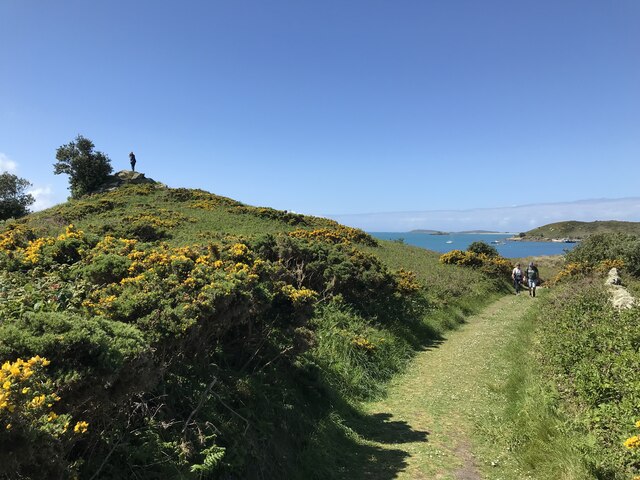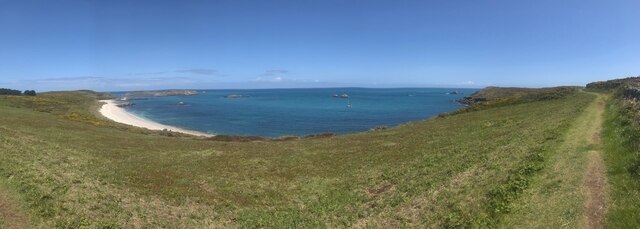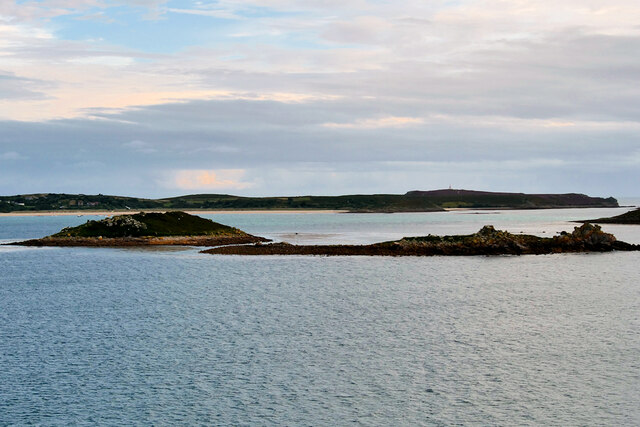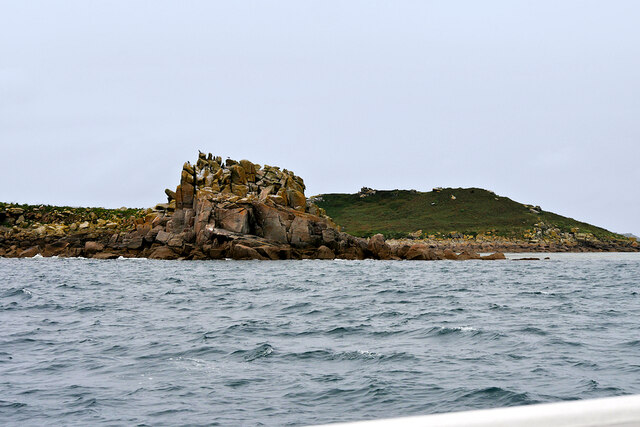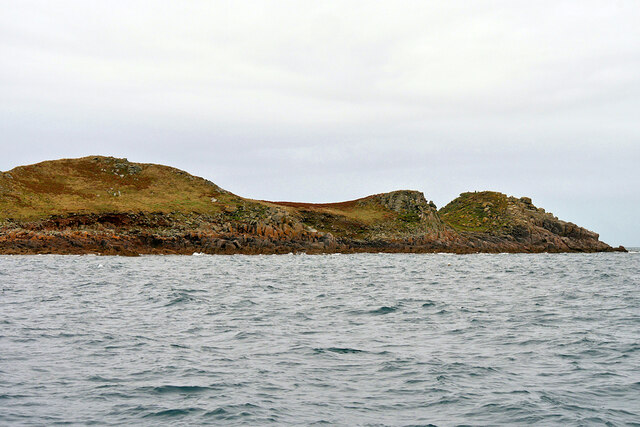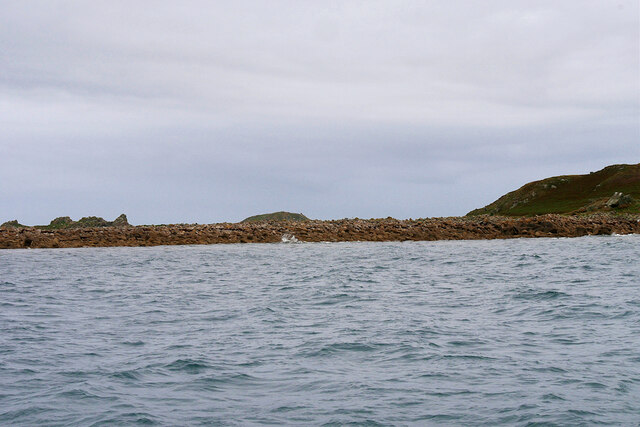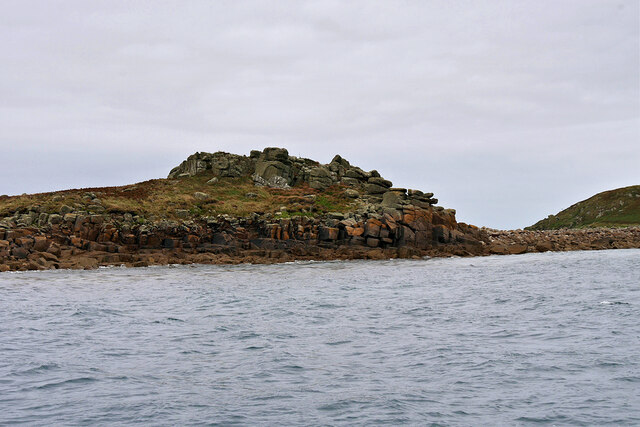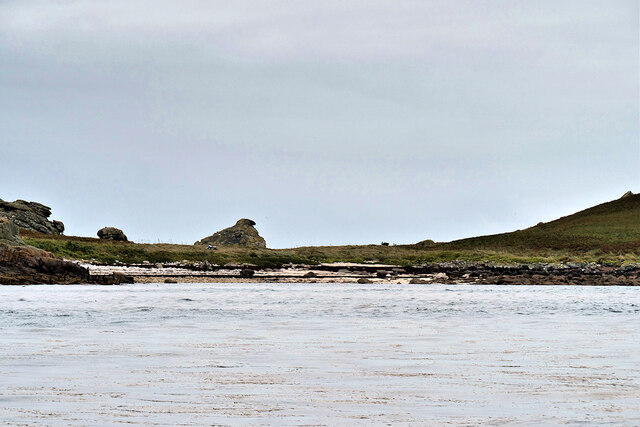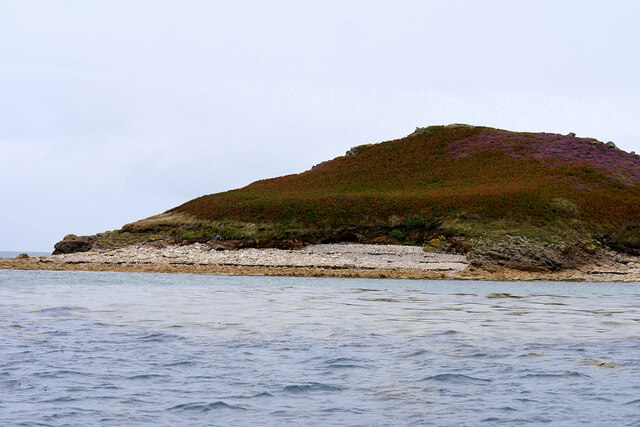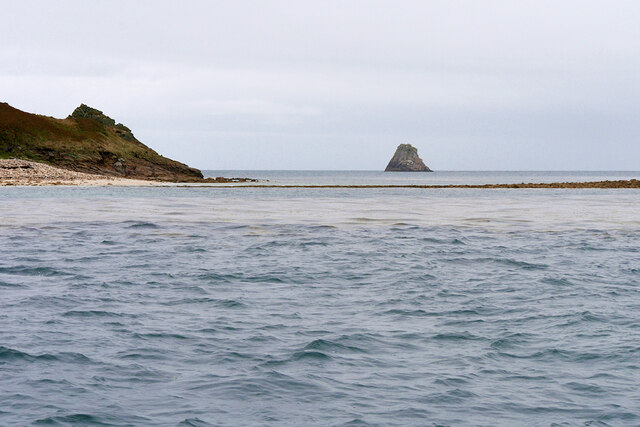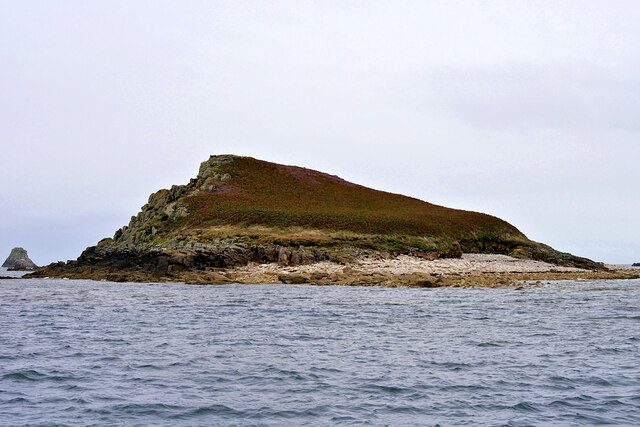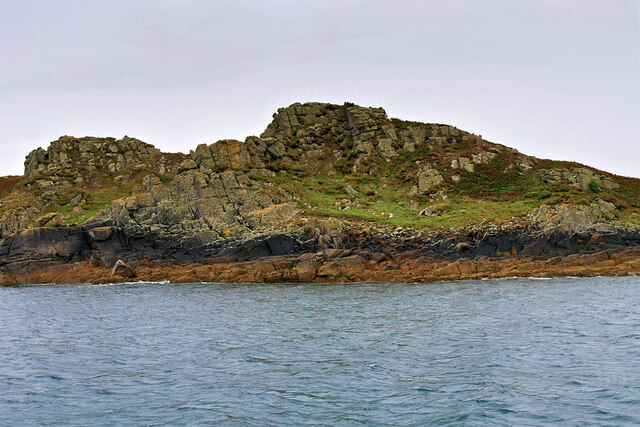Great English Island Neck
Sea, Estuary, Creek in Cornwall
England
Great English Island Neck
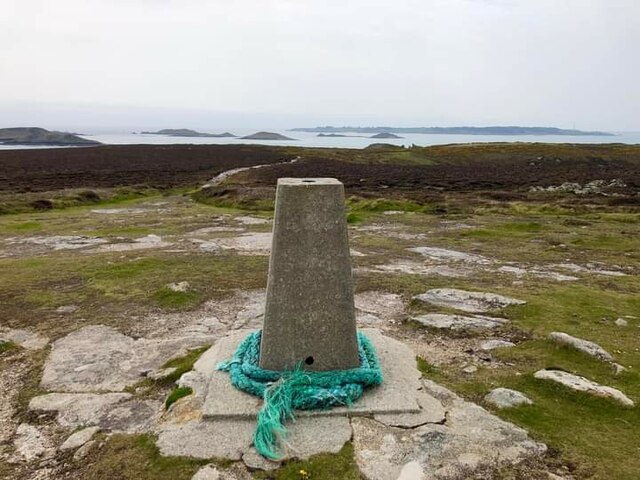
Great English Island Neck is a geographical feature located in Cornwall, England. It is primarily characterized by its sea, estuary, and creek, making it a diverse and significant coastal area. The island neck is situated on the southern coast, offering breathtaking views of the English Channel.
The sea surrounding Great English Island Neck is a vibrant and dynamic body of water. It is renowned for its rich marine life, including various species of fish, crustaceans, and seabirds. The waters are often calm but can be subject to occasional strong tides and currents, attracting surfers and water sports enthusiasts.
Adjacent to the sea is an estuary, which is formed by the convergence of a river and the ocean. This estuary provides a unique habitat for a wide range of flora and fauna. The marshes and mudflats along the estuary are home to an array of bird species, including waders, gulls, and waterfowl. The area is a popular spot for birdwatchers and nature enthusiasts.
A creek can also be found within Great English Island Neck, meandering through the landscape. This narrow waterway is influenced by the tides and serves as a channel for boats and small vessels. It is surrounded by lush vegetation, creating a picturesque and serene environment.
Great English Island Neck is not only a scenic coastal area but also an important ecological and recreational hub. Its diverse marine and terrestrial ecosystems make it an attractive destination for nature lovers, while its water bodies provide opportunities for various water-based activities.
If you have any feedback on the listing, please let us know in the comments section below.
Great English Island Neck Images
Images are sourced within 2km of 49.9554/-6.2674675 or Grid Reference SV9414. Thanks to Geograph Open Source API. All images are credited.
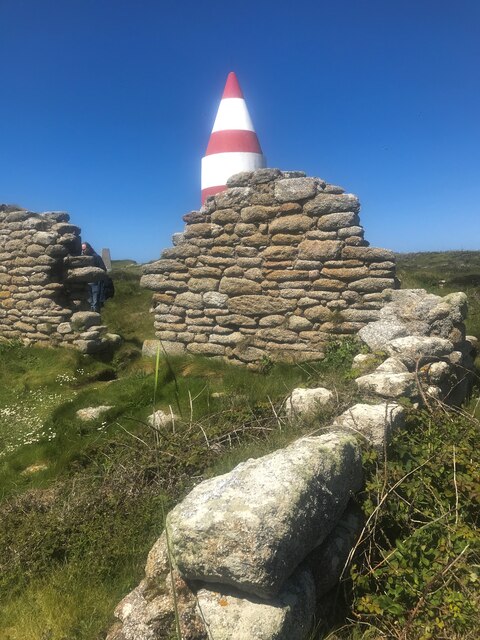
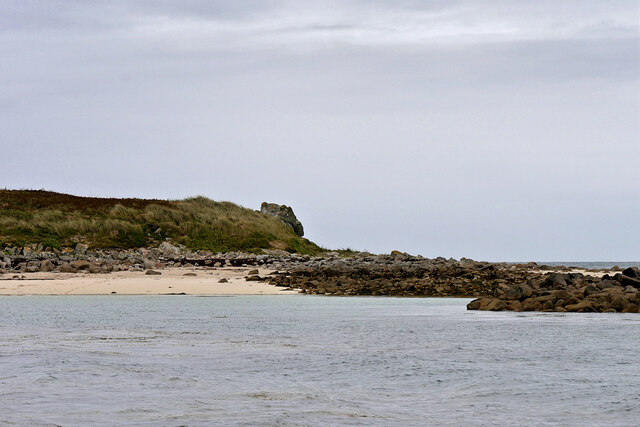
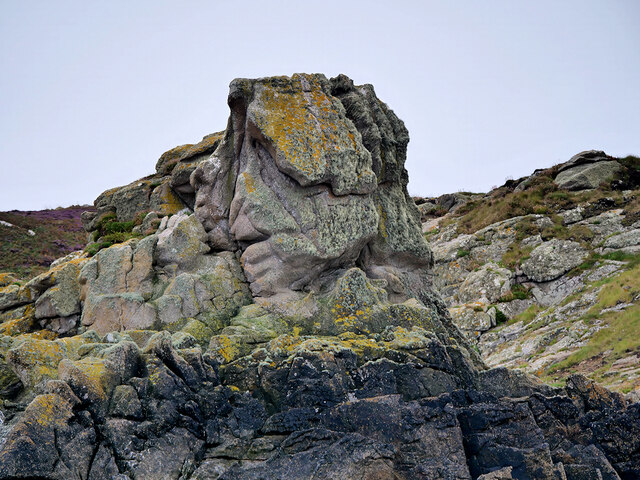
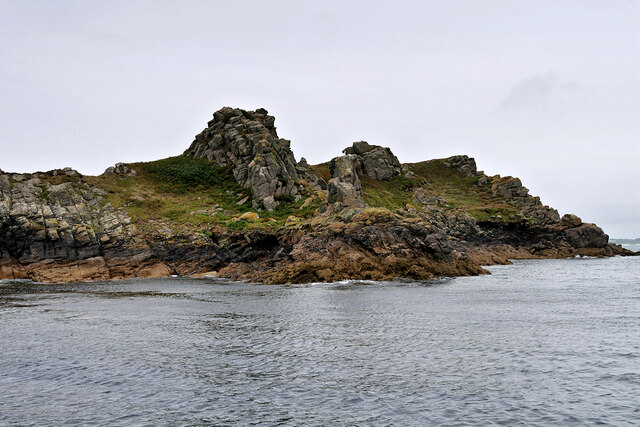
Great English Island Neck is located at Grid Ref: SV9414 (Lat: 49.9554, Lng: -6.2674675)
Division: Isles of Scilly
Unitary Authority: Isles of Scilly
Police Authority: Devon and Cornwall
What 3 Words
///fortress.sinkhole.erupted. Near St Martin's, Isles of Scilly
Nearby Locations
Related Wikis
PS Earl of Arran (1860)
PS Earl of Arran was a passenger vessel operated by the Ardrossan Steamboat Company from 1860 to 1871 and the West Cornwall Steam Ship Company from 1871...
Great Ganilly
Great Ganilly ( gə-NIL-ee; Cornish: Goonhyli Veur, lit. 'great saltwater downs') is one of the Eastern Isles of the Isles of Scilly. It has a maximum total...
Eastern Isles
The Eastern Isles (Cornish: Enesow Goonhyli, islands of the salt water downs) are a group of twelve small uninhabited islands within the Isles of Scilly...
Higher Town, Isles of Scilly
Higher Town (Cornish: Trewartha) is the easternmost and largest settlement on the island of St Martin's in the Isles of Scilly, England. It is situated...
Nearby Amenities
Located within 500m of 49.9554,-6.2674675Have you been to Great English Island Neck?
Leave your review of Great English Island Neck below (or comments, questions and feedback).
